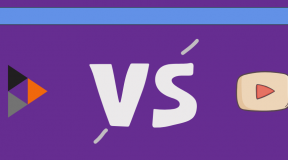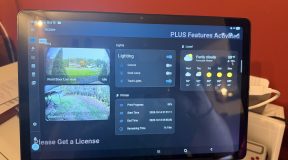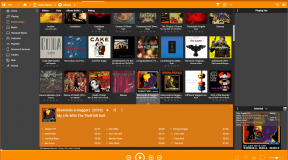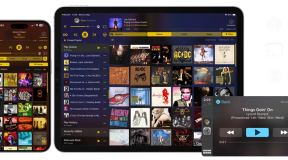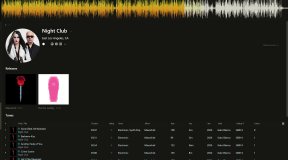This is a funny post to write because just yesterday I was sitting at my desk and very tired, wondering if I wanted to continue with Horizon Forbidden West, Lightyear Frontier, Return to Moria, or maybe watch TV in our newly renovated basement entertainment room. What I knew I did not want to do was program. As far as I was concerned, I was rapidly approaching being completely done with application development, game development, and anything and everything that required curly brackets which posed a major problem because that is literally my day job. Was I really done? Was this my own Great Resignation, then? And at my age? What the hell was I going to do for the next 30 years before I can even think about considering the possibility of retirement?
Something changed between then and this morning, though, because I got an insane urge to refactor my Node web socket server for no good reason. Well, not no good reason because I started this project for my day job, but other more important projects got in the way so the server was shelved. I had been documenting my progress in Obsidian, so I thought I’d revisit my notes and start a new version with some enhancements I’d been considering.
All In One
Since picking up React, I’ve had to resort to RESTful API in order to work with data, and since I had switched to React from C# MVC, I have been creating my endpoints using .NET’s web-API design. While I’ve gotten creating endpoints down to a science this way, I’ve also been working a lot with Docker, Redis, and my home Linux server which has been pulling me away from .NET after something like 20 years.
To that end, I started designing my Node web socket server to also serve API endpoints via Express. I wanted this server to be able to handle both the occasional data request through the API while also serving as an always-connected hub, and having both in one server would also mean I could cross boundaries and use an endpoint request to send data through web sockets should the need arise.
Since refactoring and rebuilding my initial project, I decided to create a basic server implementation that could be extended easily without having to dig into the core of the application. It’s still got a ways to go, but since I need to rebuild my post-count here on the site, I thought I’d spend the next few days going through the parts that have already been done and tested with some success.

